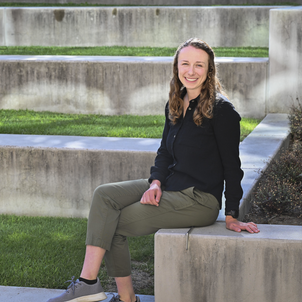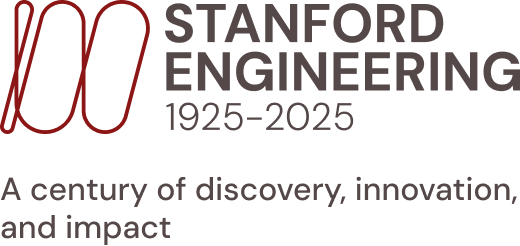What if the chair you’re sitting on says, “Sit on me three more times, and I’m going to break.” What if the structures we rely on daily, such as wind turbines, power plants or airplanes, could communicate with us? What if they could tell us, “I need to be repaired now.”
After moving from Uruguay to the United States for my undergraduate work at San Diego State University, I came to Stanford to do my PhD in Aeronautics and Astronautics. My area of study was in structural stress and fatigue analysis. I studied how structures like airplane wings break. My advisor was Fu-Kuo Chang, who is working on this idea of giving structures a nervous system. I worked on sensors that can interpret what’s going on inside of a structure. Sensors embedded in a wall, a roof or an airplane wing can monitor that structure’s performance and detect cracking, fatigue and other types of damage. This technology allows the structure to tell us: What is it feeling? And why is it feeling that? These sensors combined with engineering models relay this information to us, which then indicates if a crack is forming and how fast it is growing.
Now I apply this work to power plants and wind turbines to ensure that they are working and performing well to provide power for residents in the areas they serve. You might ask: How did I go from aerospace research to power plants and wind turbines? Well, the jump is actually not that big. Instead of focusing on structures that fly or go into space, I’m applying the techniques and skills I learned to structural components in energy production.
Related spotlights

Dan Somen

Sonia Martin


